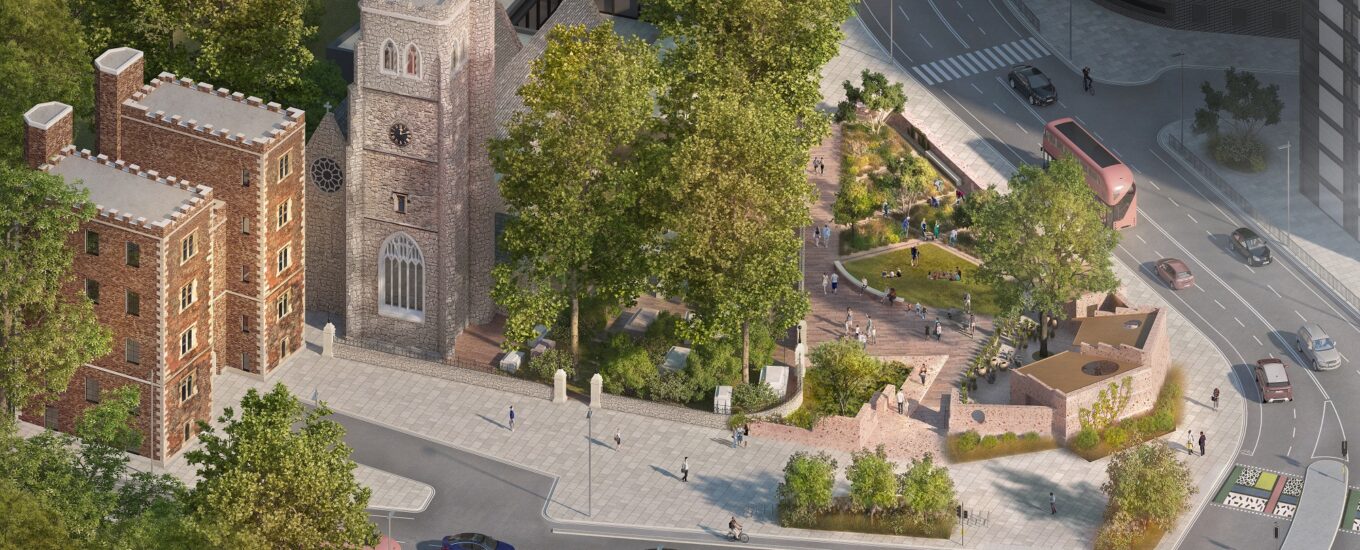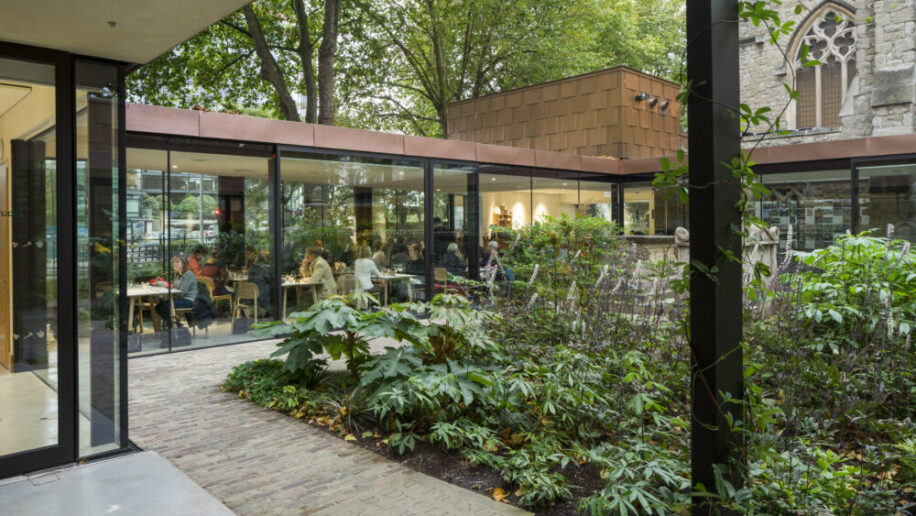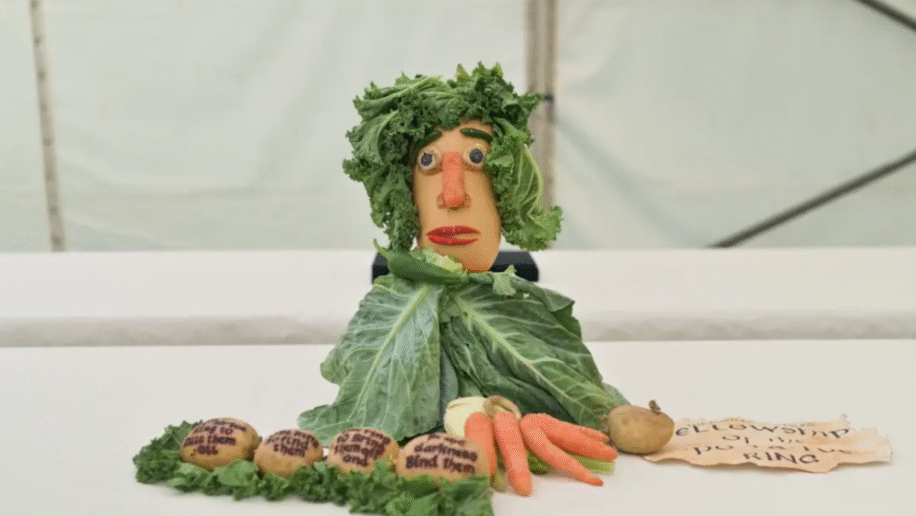PHOTO GALLERY
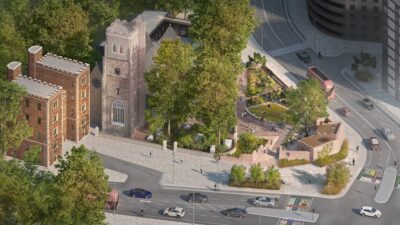
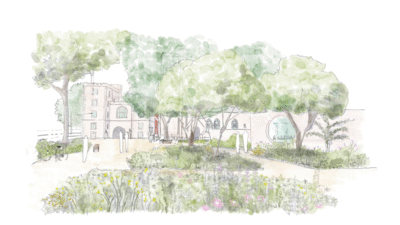
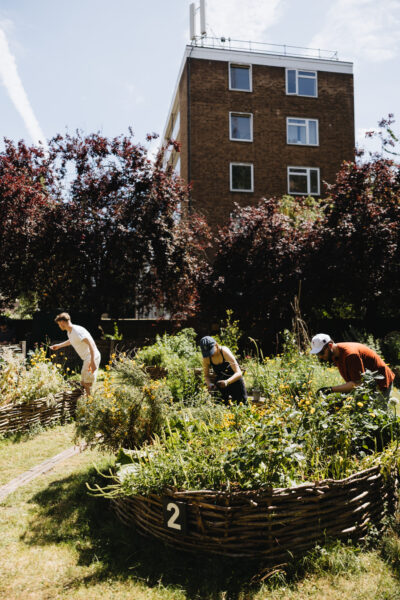


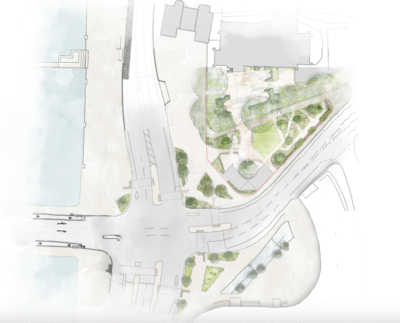

LAMBETH GREEN FAQs
TfL announced plans to upgrade the junction by Lambeth Bridge and the Museum in 2017, making it safer for cyclists and pedestrians. In the new pavement space created by the change, we saw the opportunity to create a green traffic junction in one of the most nature depleted parts of the borough and right on our doorstep. We developed a green masterplan for the area with Dan Pearson Studio and Publica in 2018.
Gardeners and volunteers will be needed to maintain the new green spaces. Central to the Lambeth Green project is a programme to train Lambeth’s young people in horticulture and green skills. To deliver this ambition, we require a new pavilion dedicated to horticulture in Lambeth.
Phase 1 was completed in 2023: a new community garden in Old Paradise Gardens, just across the road. Please have a look: it is open to all.
Phase 2 will take place next spring: TfL are re-shaping the Lambeth Bridge junction and 300 square metres of what is now road and hard surfacing will become garden and trees.
Phase 3 will be the re-design of St Mary’s Gardens (the triangle of land next to the churchyard) to be a landmark new public garden with a new single-story pavilion at the entrance, designed by Mary Duggan Architects.
Phase 4 may be several years away but it is to re-landscape the green areas on the banks of the Thames as a place for people to gather, and cross to the Museum.
Phases 2 and 3 will cost over £3 million.
The ward in which the Museum sits has the fewest trees of any ward in Lambeth, and the scheme includes planting more than 40 trees over the next three years. This will be inspired by John Tradescant’s arboretum in his garden in the 17th century – but this will be a public arboretum of rarities.
When the new gardens and street planting are completed, it will be cared for by the Garden Museum’s Head Gardener, and new trainee garden apprentices that will be based in the Pavilion building. We will also host regular volunteering sessions for the community as we do with the Museum gardens and Old Paradise Gardens already.
The new garden and pavilion at Lambeth Green will enable us to offer apprenticeships in horticulture to local young people. We will provide 2 apprenticeships per year, in partnership with Capel Manor College, with the week divided between practical training in Lambeth Green and theory classes at College Manor. These will be the gardeners of the future.
Lambeth falls below the national average and the London average for 16–18-year-old students that are in sustained education, on an apprenticeship or in employment. The Garden Museum has hosted one Horticultural Trainee each year for over a decade, sparking illustrious careers in the industry, but these tend to be older individuals with some training already.
Our project will address the lack of opportunities for school leavers by creating more traineeships and opportunities to learn.
The garden will supply our learning team with plants for biology classes (the museum has built the only facility in central London for formal biology classes from ages 4 to 18) and for our food learning programme, the first in any museum. In 2024, we hosted over 230 school visits, learning and community sessions at the museum.
Lambeth Green is a space for everyone, in the same way St Mary’s Garden has been. It will remain open to the public 24 hours a day, as a well-maintained green space, with a new lawn and improved seating. Ultimately, we want to transform an under-used space into a public garden that is as alive and beautiful as the Museum gardens.
No. The site will continue to be open 24 hours a day, and everyone will be welcome. However, our consultation showed that what many of our neighbours would value is an intimate, secluded and quiet space. In our ward more than 70% of homes do not have access to a private garden.
No, Lambeth Council own the land. We will have a 25-year agreement to care for the garden.
The garden which is currently St Mary’s Gardens, will be designed by Dan Pearson Studio, planted in a naturalistic style, showcasing hardy, climate resilient perennials. There will be 11 new trees, including persimmons (diospyros kaki), pomegranate (punica granatum), and madrone (arbutus menziesii). Alongside the trees, there will be a range of 21 shrubs, such as strawberry trees (arbutus unedo), caspicas (Elaeagnus angustifolia), and caerulea (santolina rosmarinifolia). There will be 93 species of perennials planted within the garden; 50 sun tolerant, and 43 shade tolerant.
Planning permission for the garden and pavilion was granted by Lambeth councillors on 1 October 2024, following listed building consent being granted for the opening in the historic wall in July 2024.
Lambeth Green will be a green and accessible gateway not just to the museum but to the borough. The new garden will create a more accessible entrance to the museum: the museum itself is fully accessible, but approaches to it are currently not. We must change this.
We want to save as many plants as possible. Some plants will be relocated to Old Paradise Gardens, and others we will share with the local community. Please contact us if you are a community group looking for plants. The new plants, selected by Dan Pearson, will increase biodiversity and be resilient to the future effects of climate change. The current plan is for the mosaics to be repurposed in Archbishops Park, a five-minute walk from St Mary’s Gardens. The existing water fountain won’t be included in the new garden, but we are looking at ways we can provide water for wildlife.
To look after the new public gardens, we will need a tool shed and spaces for training gardeners and volunteers. We will also provide training for young people living in Lambeth who want to pursue a career in horticulture. Mary Duggan was selected as the architect for the Lambeth Green Pavilion, following a competition run through the Architects’ Journal. Her design recycles old, demolished London buildings (architectural salvage), crushing them before forming new terrazzo walls in a soft pink colour. These ornamental walls will wrap around the outer edge of Lambeth Green, with niches and apertures for plants and insects to inhabit – a modern take on the “crinkle crankle” wall.
The building is necessary in order to maintain the new gardens. There will be a shed, a room for volunteers, and a training centre for apprentices.
more to explore
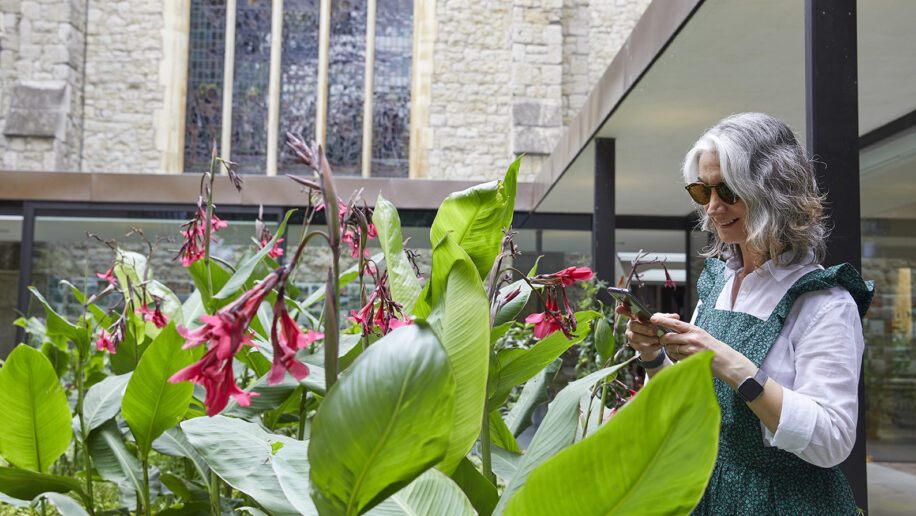
Our Gardens
A green oasis in the heart of the city, our gardens include a peaceful courtyard and a community garden open to all

Community
We pride ourselves as a local museum and we’re dedicated to making our neighbours welcome here

Neighbours
Free entry to the museum for Lambeth community organisations

Access
What to expect on your visit to the Garden Museum
